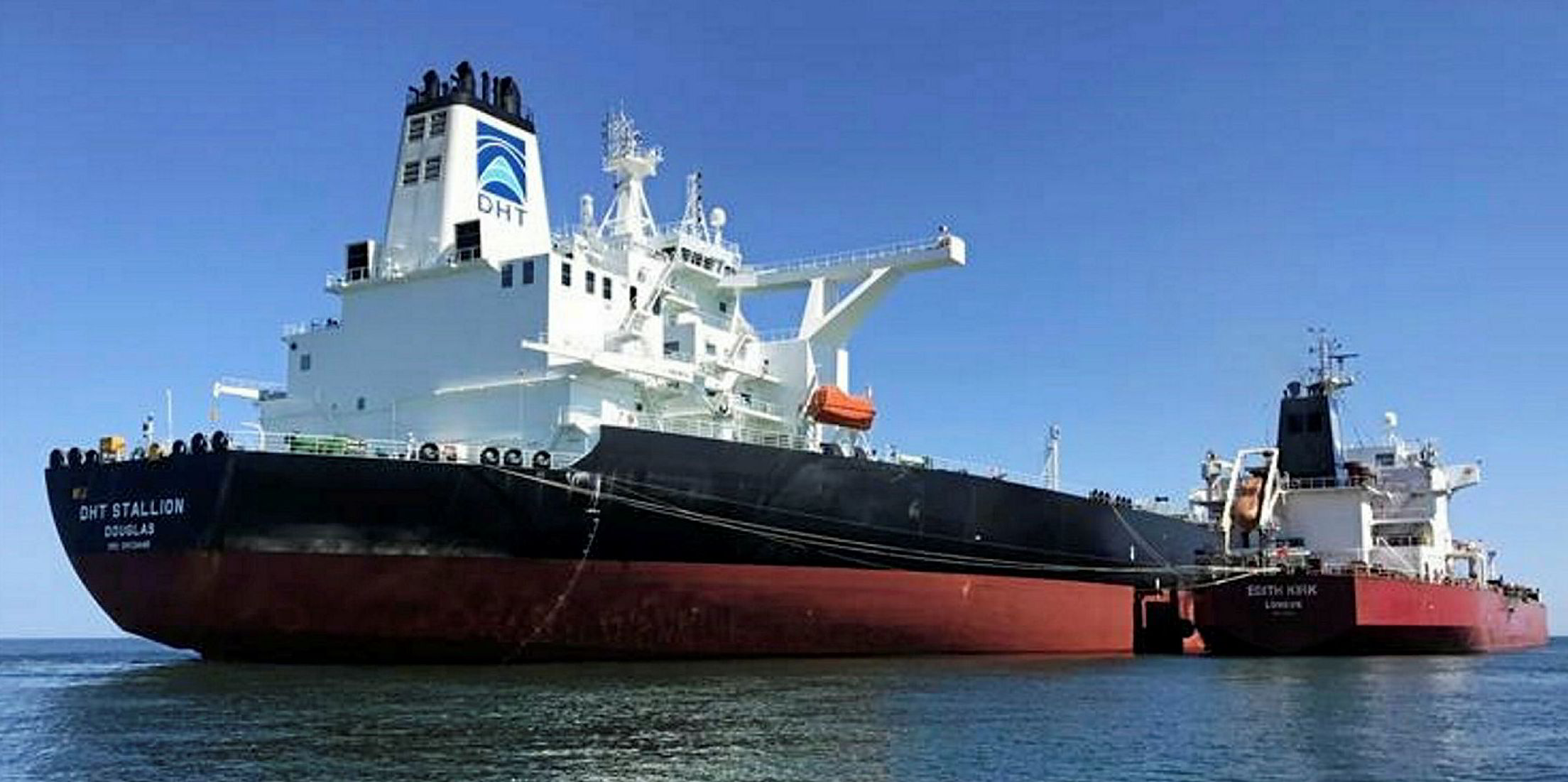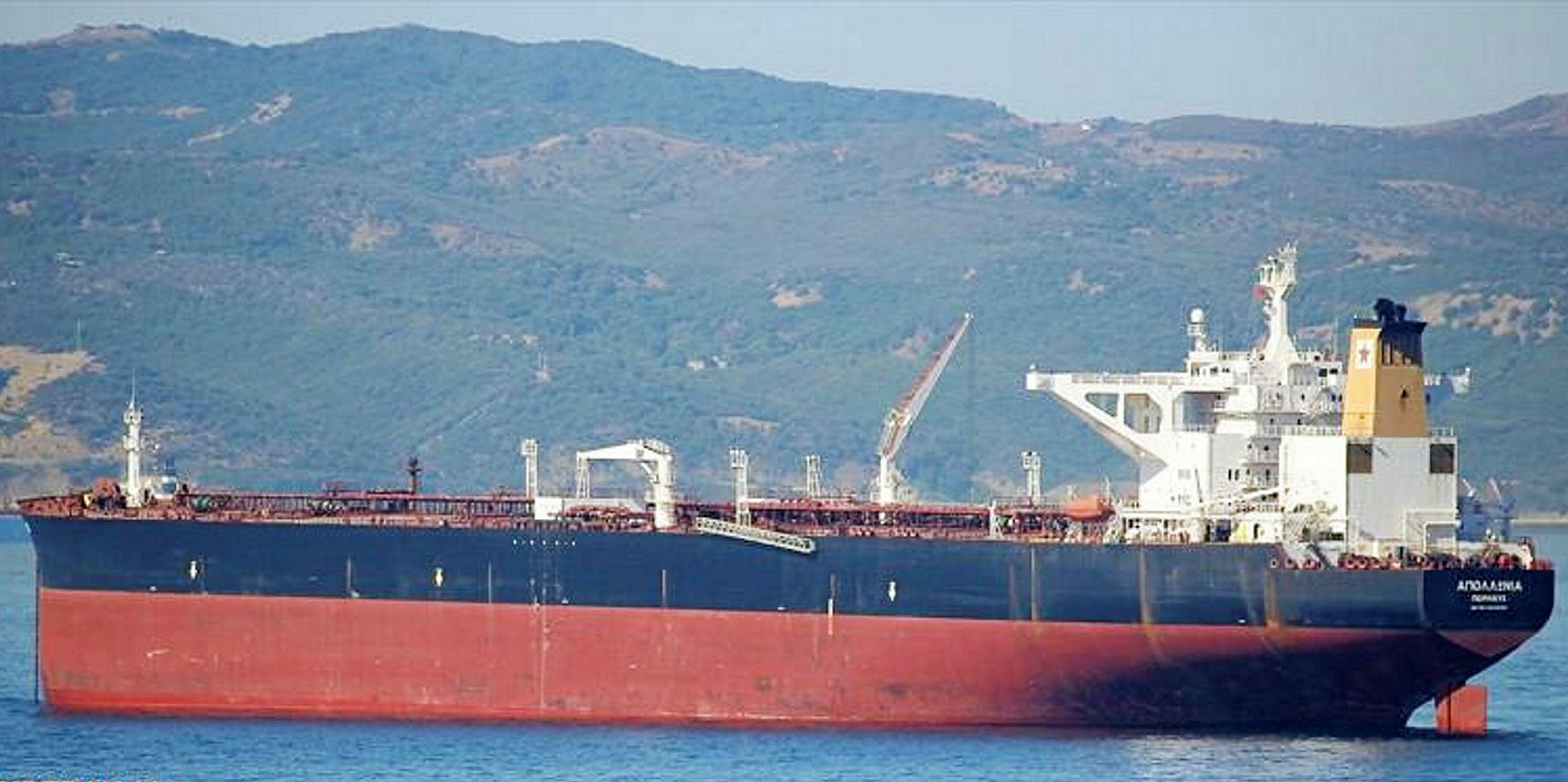Bimco has forecast more secondhand market activity in the product tanker sector later this year, saying that opportunities for asset play deals will increase after falls of vessel prices.
The sale-and-purchase market has been subdued for much of this year, with difficulties in completing transactions due to travel restrictions and reluctance among potential investors during the Covid-19 crisis.
But Bimco chief shipping analyst Peter Sand said a pick-up in secondhand activity is “likely” later in 2020 due to a “sharp deprecation” in product tanker prices.
“Oil product tanker asset prices have generally appreciated in recent years on the back of expectations ahead of the IMO 2020 sulphur regulation,” he said.
“Now, with the demand shock of the Covid-19 pandemic, the tables have turned in favour of the buyers.
“Oil product tanker asset prices have come under substantial pressure and asset play investors are now likely to emerge in the market.”
Values fall
According to VesselsValue, the price of a five-year-old MR has fallen by 15.7% this year, an LR1 by 10.8% and an LR2 by 4.2%.
Sand suggested further decreases are likely in the coming months, comparing the current economic downturn to the one seen after the 2008 financial crisis.
The earlier economic woes plunged most shipping sectors into “the abyss”, with asset prices cut in half in many cases, according to Sand.
Such a development would allow well-capitalised investors to act, as vessel prices are likely to eventually settle at a floor price, he added.
“The asset play strategy is essentially a game of patience and timing, where investors patiently wait for asset prices to depreciate and then strike when prices are perceived to be sufficiently low,” he said.
Low activity
Despite strong charter rates, VesselsValue data showed just 2.8m dwt of product tankers changed hands between January and May, down 45% from the same period last year.
Secondhand deals for 12.2m dwt of vessels were recorded for the whole of 2018 and 13.5m dwt for 2019.
“The slow oil product tanker S&P activity can be attributed to oil product tanker owners holding on to their tonnage to tap into the extraordinary profits,” Sand said.
“Yet, it also seems likely that potential buyers were spooked by the challenges that lurked beyond the boom and held off on new acquisitions.”






